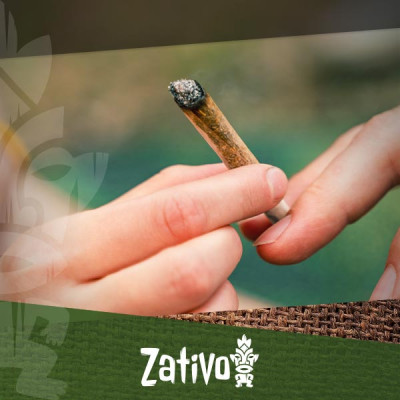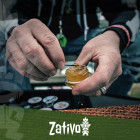Don't have an account?
Register NowYou have to add to cart at least 5 bottles or any program to make checkout.
- Blog16 Factors That Can Affect Your Cannabis High
16 Factors That Can Affect Your Cannabis High
Published: December 10th, 2021
Categories:
Cannabis Info
Cannabis may be widely known as a recreational substance, but not everyone finds enjoyment in it. While some revel in its euphoric "high", others find it far less pleasing or exciting.
For some people, the effect is almost non-existent, regardless of how much they consume. Others find out they were doing it wrong, and only later understand the hype surrounding getting stoned.
Several factors affect the cannabis high. Some are genetic, others circumstantial. And if you’re keen on carrying on with your cannabis journey, it’s best to find out what the deal is for you.
These Factors May Impact Your Cannabis Experience
So what are these factors, exactly? We have a list of 16 for you to check out. Keep in mind that many of these are subjective, and that every person is different.
It’s Your First Time
For many cannabis smokers, the first time isn’t really that eventful. It’s only after they’ve done it a few times that they start feeling that high.
There are several theories to this. According to experts, it’s possible that your body simply does not have enough cannabinoid receptors yet, and it needs some time to create the amount required to feel sufficiently high. Researchers call it the “sensitisation period”.
Another possible reason lies in your own reaction. As an absolute newbie, you don't necessarily know what to expect and how to distinguish the high.
Not only that, but you may actually be “doing it wrong” altogether. Sometimes people take a drag from a vape or joint and keep the vapor/smoke in their mouth, as opposed to inhaling deep into the lungs, and this can result in an unintentionally light effect.
Dose
Among experts, dosing is believed to be the most important factor affecting a person’s cannabis experience. The amount you take will determine whether you’ll be pleasantly high or uncomfortably impaired.
That now begs an important question: what is the proper dose for cannabis? Well, there isn’t a cut-and-dry number. But in 2019, a proposal was put forward to have the standardised dose of THC at 5mg.
There have also been studies on specific doses and their perceived effects. In a 2017 study, it was found that 7.5mg of THC potentially decreased feelings of nervousness. However, increasing that number to 12.5mg appeared to have brought on the opposite effect.
Your Unique ECS
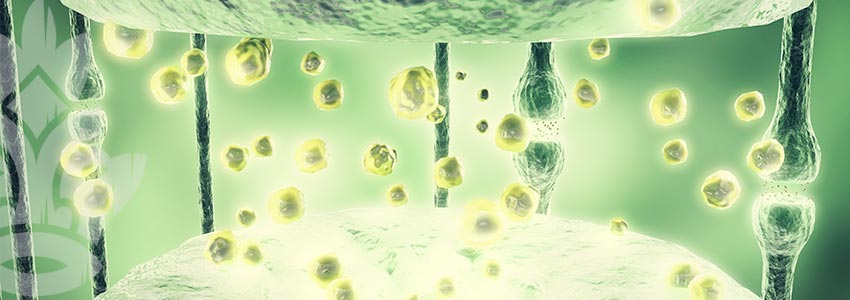
It's worth noting that cannabis achieves its affects largely through the endocannabinoid system (ECS). This system exists all throughout the body, and plays a regulatory role over other biological systems.
Like any other aspect of our biology, the endocannabinoid system varies among individuals, and so the effects of THC and other cannabinoids can be significantly different between users. For example, if someone naturally has a low expression of CB1 receptors (the ones THC binds to in order to get you stoned), they may find it more difficult to achieve a high.
Product Quality
It’s easy to spot poor-quality buds using three of your senses. It will usually look brown and dried up, crumble easily when handled, and smell less pungent.
Other telltale signs include many seeds and a mouldy smell. Especially if you come across the latter, simply throw this bad weed away.
Although you can’t determine this without running some tests, poor-quality weed may also contain very low cannabinoid and terpene levels, making the high underwhelming or non-existent.
Product Category
The advent of cannabis legalization has brought with it numerous new product categories and methods of consumption outside of smoking buds. These days, weed comes in the form of tinctures, vape liquids, edibles, concentrates, and more.
All of these exert a specific kind of high. The effect of smoking buds, for example, may last up to three hours. Edibles, on the other hand, will last up to 12 hours. Moreover, the potency of edibles and concentrates will almost always be much higher than buds.
Specific Strain or Product
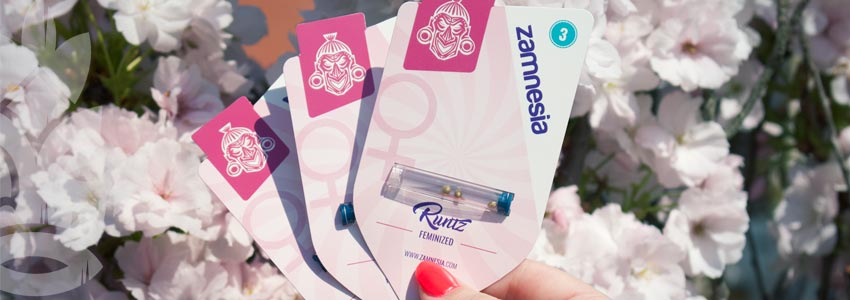
There are many thousands of cannabis strains in existence today. And whether they’re classified as indica, sativa, or a hybrid, each one delivers a unique experience.
For one, legal cannabis products will usually have a number (in percentage) attached as a determinant of its potency. In today’s market, any strain with more than 20% THC is considered potent.
Cannabinoids like THC and CBD, and terpenes (aromatic molecules responsible for the smell and taste of weed), play a huge role in the effects of a specific strain. For example, those with a balanced THC to CBD ratio tend to bring about a light buzz without the paranoia and jitters linked to uber-high THC levels.
Consumption Method (Bioavailability)
We talked about the different cannabis products on the market in a previous section. With each of these comes a route of administration that can also play a role in the experience. In this case, bioavailability is one of the key factors. Simply put, it’s the rate and amount of a substance that reaches systemic circulation to elicit various effects.
If you’re using cannabis purely for recreational purposes, bioavailability determines how high or stoned you can get. For medical cannabis products, it quantifies the efficacy of their perceived benefits.
Just like strain potency, bioavailability is expressed in percentages. And similarly, these numbers vary depending on the method of consumption. Smoking, for instance, is said to have an average bioavailability of 30%. Edible cannabis, on the other hand, is believed to have a bioavailability of up to 20%. Vaping, according to studies, has the highest bioavailability at 50%.
Your Cannabis Habits
This mostly concerns the frequency of your cannabis consumption. And this is where tolerance comes into play.
When your system is used to absorbing THC, your brain begins to adapt to its constant presence. It begins with desensitisation of the CB1 receptors in response to THC. Ultimately, you’ll need to consume more THC to feel its effects.
This is why some experts advise taking what’s known as a tolerance break. Studies show that a two-week break from THC use can increase the number of CB1 receptors in the brain back to a normal level.
Your Environment

Science has yet to come up with substantial literature on how one’s setting affects the cannabis experience. But many veteran users will attest that there is a correlation between the two.
For instance, a person will feel significantly more at ease when getting high with people they’re comfortable with. That may not be the case if they’re doing it with strangers in a place they’re not very familiar with.
There’s also a huge difference between smoking in a crowded area versus smoking underneath a moonlit sky by the beach, for example. The former may cause a bit of distress, while the latter may induce relaxation much easier.
Hydration
Yes, hydration also affects a person’s cannabis experience. Case in point: the dreaded “cotton mouth” upon intaking cannabinoids. But that’s nothing a chug of water can’t fix.
Water plays an integral role in life, including cannabis consumption. Anecdotal evidence shows that using marijuana while fully hydrated appears to bring about a more relaxing effect. It may also potentially promote restful sleep, reduce discomfort, and make social experiences more enjoyable.
Diet
Experts have found a fascinating link between the gut, mood, and the endocannabinoid system. A study from 2020 focused on microbiome changes due to stress, and how it could lead to the impaired metabolism of fatty acids.
In effect, it appears to have led to “diminished signaling” in the endocannabinoid system within the hippocampus—the part of the brain that controls emotional regulation. The subsequent results were linked to mood disorders and depression.
Simply put, our diet, along with our lifestyle, can impact the level of endocannabinoids in the brain. Ultimately, that also affects our experiences when consuming cannabis.
Level of Fullness
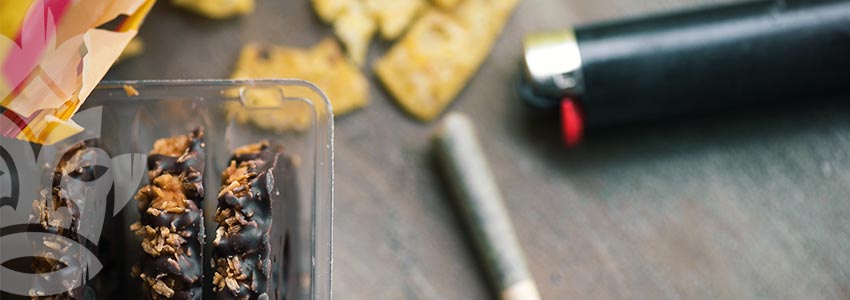
Drinkers know that consuming alcohol on an empty stomach gets you drunk quicker. That’s because the rate of alcohol absorption is much quicker without food.
It’s believed to be the opposite when it comes to cannabis use, at least according to survey results. People have observed that consuming edibles on a full stomach appears to increase potency, eliciting stronger or more profound effects. Survey respondents also observed that eating edibles while full produced a more relaxing effect, and they were also more inclined to abstain from drinking alcohol.
The jury is still out on the scientific validity of this, but it's an intriguing area of research nonetheless.
Terpene-Rich Companion Foods
There are certain foods that may have a hand in the overall effects you experience from cannabis. It all lies in the terpenes, the common denominator between cannabis and specific delicacies.
Take the terpene myrcene, for example. This terpene is known for its soothing, soporific effects. And one delicacy that’s known to contain myrcene is mango.
For this reason, a theory has been developed that mangoes can potentially enhance one’s cannabis high.
Exercise

Any form of exercise or physical activity brings numerous benefits to our overall well-being. We already know how regular workouts can keep us physically fit, but exercise also causes the release of endorphins—hormones that boost feelings of pleasure. Moreover, the endocannabinoid anandamide is believed to play a role in the euphoric “runner’s high” phenomenon.
Likewise, cannabis has its perceived euphoric and mood-enhancing effects. It’s the reason some people incorporate it in their workout routines for the purpose of both mood and performance enhancement.
Not only that, but there is evidence to suggest exercise boosts THC absorption—although this is currently just a theory.
Sleep Quality
In a 2002 study, researchers aimed to find out if sleep deprivation can affect a person’s cannabis experience. Seven recreational marijuana users participated in an experiment where their sleep hours were shortened. They were then asked to smoke a joint.
It was found that using cannabis while sleep-deprived appears to increase THC’s dose-dependent effects on both heart rate and subjective impairment. In other words, consuming marijuana after a night of poor sleep may cause you to feel more impaired.
Biological Circumstances
Certain conditions may affect a person’s experience with cannabis. For this, we’ll focus on congenital adrenal hyperplasia, or having high levels of the hormone pregnenolone.
In a nutshell, pregnenolone is used to produce estrogen. And as a 2017 study found, pregnenolone appears to block THC’s impairment of cognitive function and social interaction.
In short, while pregnenolone could potentially limit the negative effects associated with cannabis use, it may also block the feeling of being high. This is but one example of a biological factor that can influence one’s cannabis experience.
Cannabis Highs Are Relative
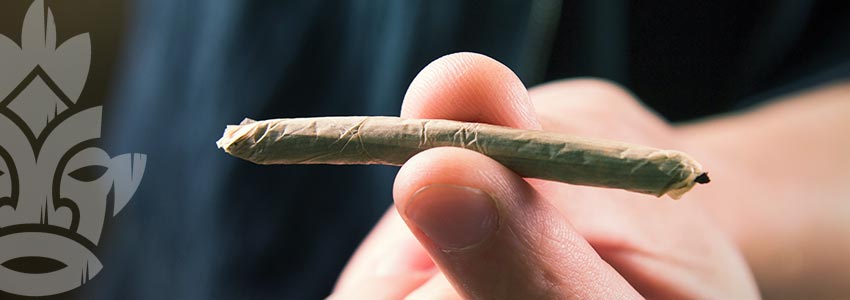
As the old saying goes, “Different strokes for different folks”. Your set of experiences with cannabis, both good and bad, could greatly vary from that of the person next to you. And that’s okay.
If you don’t find pleasure in the magic herb, it’s probably not for you. But if you do, you’ll be fortunate enough to enjoy memorable moments with fellow cannabis lovers!

